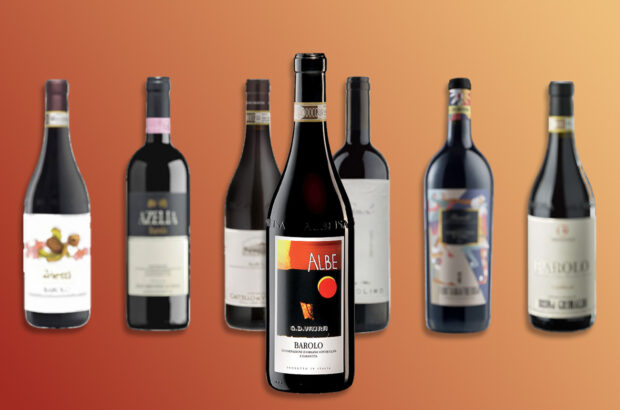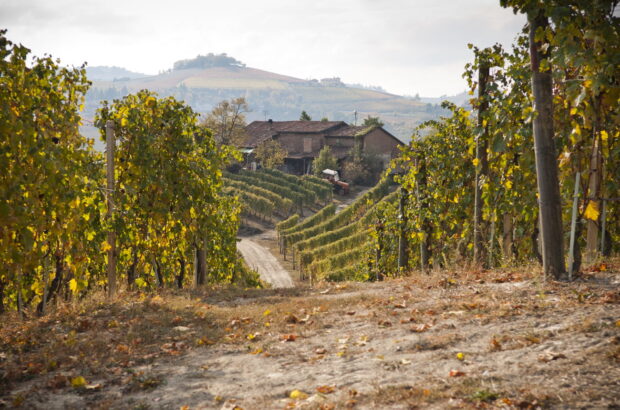For almost 50 years, Decanter has been an authority on wine – in print, and now in print and online – providing readers around the world with expert, trusted and independent recommendations of what to buy, drink and cellar.
Behind these recommendations is a team of wine critics chosen for their specific knowledge and expertise in the category of wines being assessed. Each one – whether a Master of Wine, Master Sommelier, Decanter World Wine Awards (DWWA) judge or regional chair, or a member of the Decanter team – has many years (often decades) of qualifications and experience, travelling to wine regions and tasting widely.
Panel tastings
Blind tasting is a cornerstone of Decanter recommendations, not only through the 20 years of the DWWA – the world’s biggest wine competition – but also the Decanter panel tastings, one of the most loved sections of the magazine since its inception in 1975, and equally popular with our online Decanter Premium subscribers.
When producers and importers send in wines for panel tastings – always free to enter, and in response to requests that specify the criteria for eligibility – they are categorised, flighted (put in tasting order based on factors that include vintage, alcohol and oak), bagged and sealed. The bespoke design of the tasting suite at our London offices ensures a controlled neutral environment for judges to assess wines in a space free of noise and distraction and full of natural light.
Panel tastings are so named as they are conducted by a panel of three judges. All are experts in their field and are specifically chosen from a variety of wine backgrounds, such as buyers, sommeliers and journalists, lending diversity to the panel.
Flights of six to 12 wines are pre-poured in the prep room and delivered to judges in the tasting suite, so the wine identities remain unknown. On individual laptops, judges are given information on grape variety, alcohol, vintage and region, as well as details (if supplied by the submitter) on maturation vessel and residual sugar. This is key information to help judges form their tasting notes and give a score out of 100 and an optimal drinking window.
During the tasting, if any of the judges feel that a wine might not be showing its best, a new bottle is opened and all three judges retaste and rescore it.
Scoring the wines
Judges individually taste through a full flight, then briefly discuss the wines together before their final scores are locked in by the tastings coordinator and an average is calculated. If there is a significant score discrepancy, there is wider discussion, but ultimately judges stand by their own scores. For each wine rated Recommended or above (86+ points), readers have the benefit of both seeing the average score from all three judges or, if they feel more affinity with a particular judge’s palate, following their individual scores.
After all flights are completed, and scores and tasting notes locked, the wines are revealed. Despite the occasional surprise, with some wines perhaps not scoring as well as expected, and others punching well above their weight, we believe blind tastings are the fairest, most transparent format, giving each and every wine – regardless of price or prestige – the same chance to shine. If we had a different panel, or it was a Wednesday in July not a Monday in December, maybe the results would be different. It is impossible to say. But we trust in the tasting ability and expertise of all our professional judges, and the rigorous conditions under which every wine is assessed.
Blind or non-blind?
With their decades of experience, Decanter’s expert critics can put aside their personal opinions on particular styles, wines and producers and make an impartial judgement on wine quality, regardless of circumstance. But it is fair to say it is trickier to do this if the winemaker is standing in front of you, or you recognise the wine is, say, £500 or £5 a bottle, or has already earned a string of high scores/been panned by other critics.
This helps to explain why, occasionally, you may see the same wine, from the same vintage, given a higher or lower score in different Decanter tastings or articles. Some may perceive these as score anomalies. Bear in mind that this may well be a difference between the same wine tasted blind and tasted non-blind (often, when non-blind, the wine is tasted on its own and not in a line-up of bottles of the same style/vintage/region).
Any such conflicting scores do not mean the three expert judges in the panel tasting individually and collectively got it wrong, or that the single critic tasting it non-blind was influenced into inflating or deflating a score. They are simply different evaluations of the same wine by different judges, on different occasions, often tasting under different conditions.
We have always indicated online whether wines have been tasted blind or not, and from this issue we’re now flagging this in the magazine, too. The annual Rhône and Burgundy vintage reports, for example, are tasted blind. But Napa Cabernet and Bordeaux en primeur are not, simply due to timing and logistics. The staff selection of ‘Weekday (and ‘Weekend’) wines’, often the result of attending individual retailer or importer press tastings, are tasted non-blind. This is also the case for most magazine features, including Top 20 type features and ‘Expert’s choice’ selections.
More than a score
Blind tasted or not, Decanter believes that wine should never be reduced to a number. Sure, a 94 or 88 score on the 100-point scale is useful in the same way as a 3-1 score in football. But it doesn’t tell the whole story. Just like reading the full match report, we pride ourselves on producing tasting notes that accurately describe, and give context to a wine. It’s where the detail lies – background, highlights, future potential – and you might better understand the context, for example, of why an 88-point ‘League One’ wine might be a smart buy if tasted in a field of ‘Premiership’ contenders.
The Decanter Guarantee that appears within the panel tasting pages in every issue, as well as on Decanter.com, provides a key to our ratings, with the overwhelming majority of wines tasted falling into Recommended (86-89 – equivalent to Bronze at the Decanter World Wine Awards), Highly recommended (90-94, Silver), Outstanding (95-97, Gold) and, very rarely, Exceptional (98-100).
Above all, the aim of Decanter’s tastings and ratings has always been to offer an impartial judgement and constructive criticism to help the producers themselves improve, but primarily to inform and guide our passionate readers towards wines that best suit their pockets and palates.












